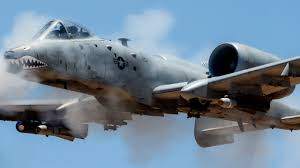
Pinecone
-
Posts
6,046 -
Joined
-
Last visited
-
Days Won
20

Pinecone replied to Jim Peace's topic in Mooney Safety & Accident Discussion
Pinecone replied to Jim Peace's topic in Mooney Safety & Accident Discussion
Pinecone replied to Little Dipper's topic in Modern Mooney Discussion
Pinecone replied to icurnmedic's topic in Miscellaneous Aviation Talk
Pinecone replied to Little Dipper's topic in Modern Mooney Discussion
Pinecone replied to Jim Peace's topic in Mooney Safety & Accident Discussion
Pinecone replied to Little Dipper's topic in Modern Mooney Discussion
Pinecone replied to Mellow_Mooney's topic in General Mooney Talk
Pinecone replied to Mellow_Mooney's topic in General Mooney Talk
We have placed cookies on your device to help make this website better. You can adjust your cookie settings, otherwise we'll assume you're okay to continue.